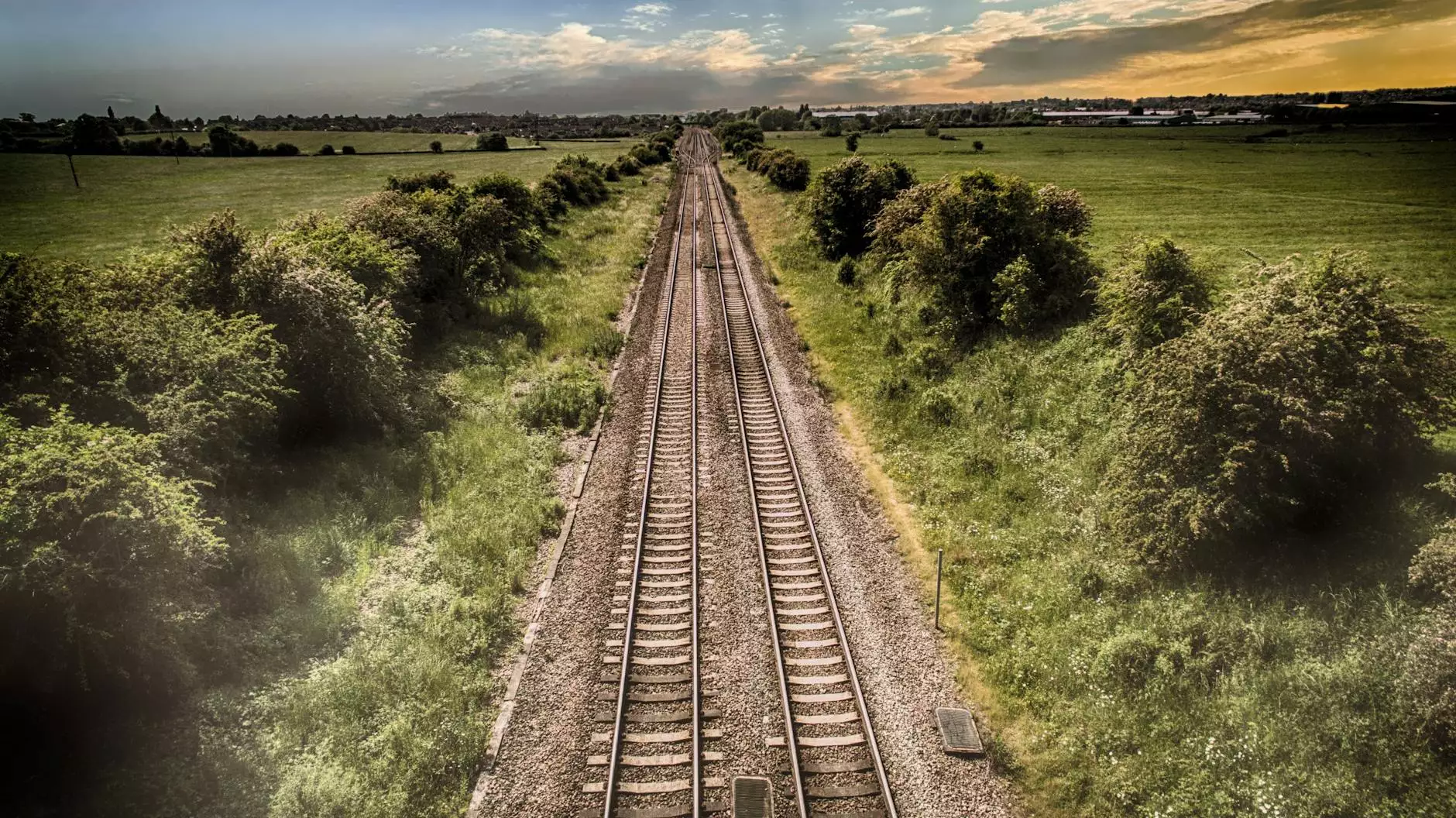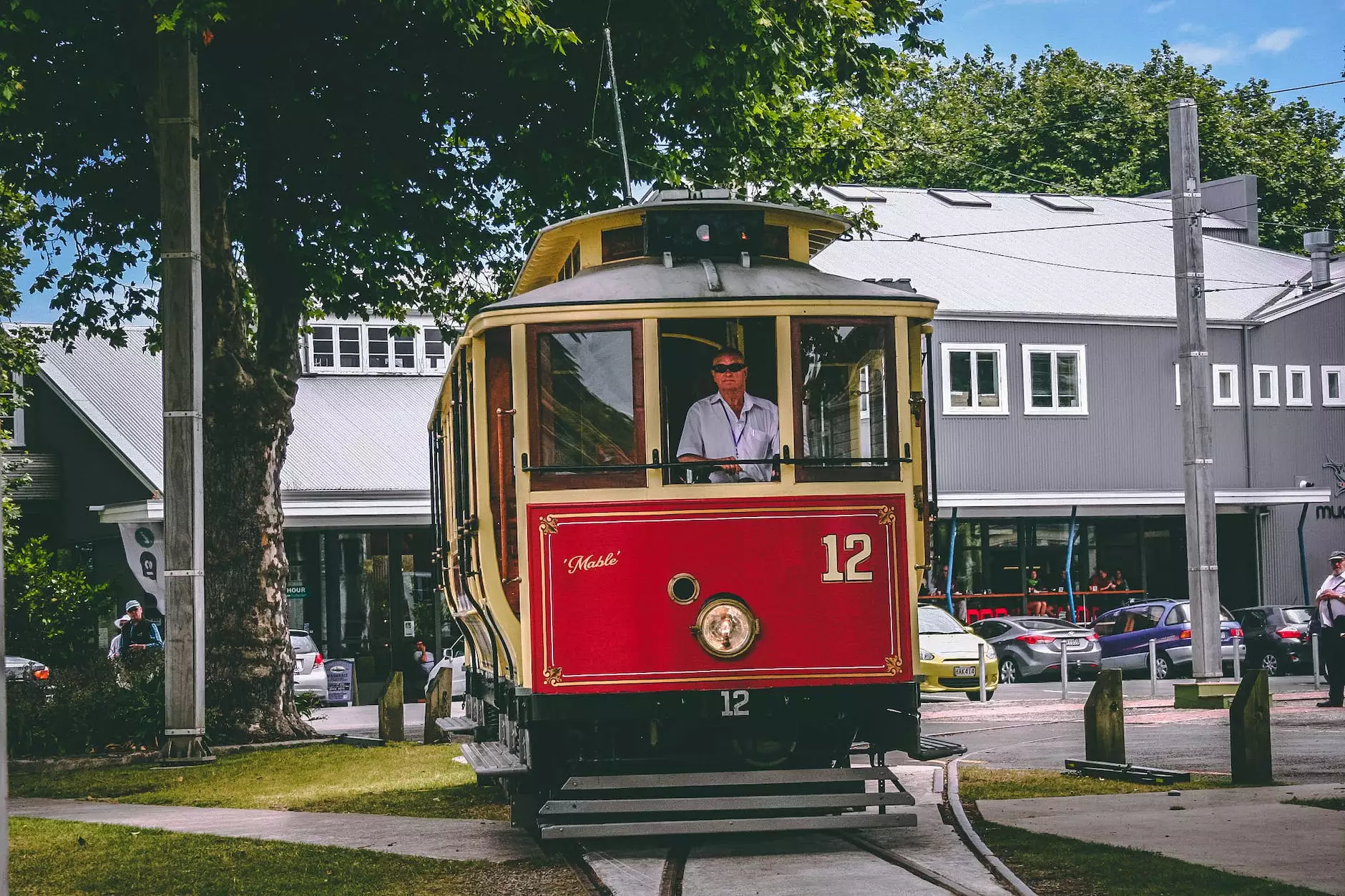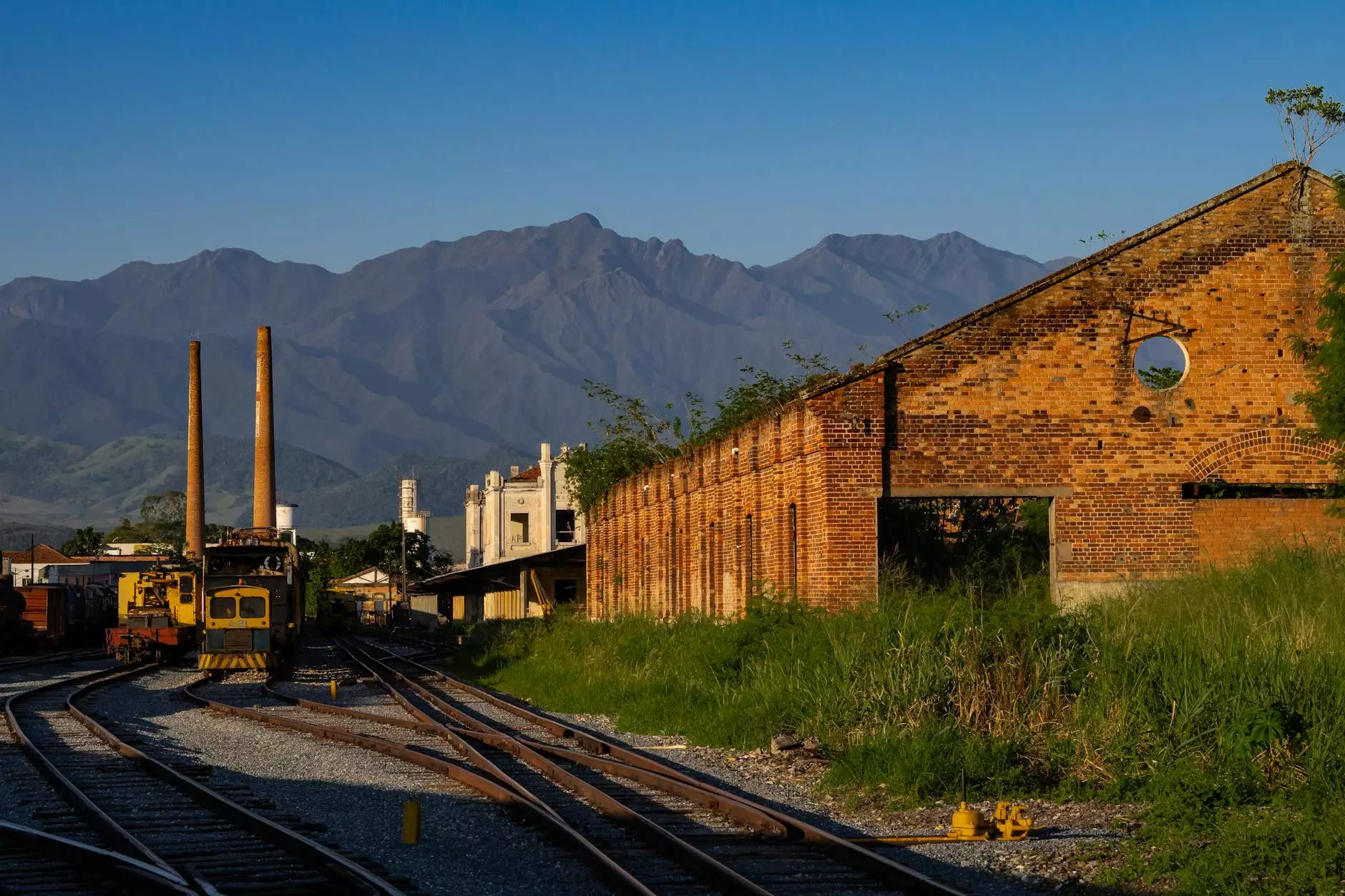1850-1879 - January 28, 1855 - Panama Railroad

The Panama Railroad: A Major Milestone in History
Welcome to the La Historia Society, your ultimate destination for exploring and understanding the rich history of various communities and societies. In this section, we dive deep into the story of the iconic Panama Railroad, a significant landmark that shaped the 19th-century landscape.
Building the Panama Railroad: A Marvel of Engineering
The dawn of the 1850s brought forth an ambitious project that would revolutionize global transportation—the construction of the Panama Railroad. At the time, the Isthmus of Panama represented a formidable obstacle for those seeking to traverse the Americas, particularly for individuals and businesses looking to reach the West Coast of the United States.
The realization of this ambitious endeavor required the combined efforts of engineers, laborers, and visionaries from around the world. Overcoming challenging terrains, dense jungles, and deadly diseases, the construction of the Panama Railroad became a testament to human ingenuity and perseverance.
Engineers faced the daunting task of bridging the gap between the Atlantic and Pacific Oceans, an engineering marvel that would expedite travel and revolutionize international trade. Construction took place in two main phases—the Atlantic section from Colón to Gatún and the Pacific section from Panama City to the summit at Culebra.
By employing thousands of workers from various countries, the Panama Railroad Company overcame numerous challenges under the leadership of John Lloyd Stephens and Colonel George W. Hughes. Their dedication and determination ultimately led to the realization of a monumental feat.
The Significance and Impact of the Panama Railroad
The completion of the Panama Railroad on January 28, 1855, marked a turning point in global trade and transportation during the 1850-1879 period. This crucial infrastructure development provided an alternative to the treacherous and often life-threatening trips across the continent.
Trade routes were significantly shortened, connecting the eastern and western coasts of the United States within days rather than months. The Panama Railroad became instrumental in facilitating the California Gold Rush, as prospectors, merchants, and adventurers flocked to the West Coast via the newly established transportation link.
The economic impact of the Panama Railroad was immense. It stimulated local economies, created jobs, and boosted international trade. The railroad allowed goods, resources, and people to be transported with greater ease and efficiency. This, in turn, laid the foundation for further expansion and development in the region.
Legacy and Enduring Importance
Today, over a century and a half later, the Panama Railroad continues to stand as a symbol of human achievement and innovation. It serves as a testament to the determination, vision, and hard work of all those involved in its construction—who overcame seemingly insurmountable obstacles to connect communities and establish a vital transportation link.
Visiting the Panama Railroad and its historical sites offers a unique opportunity to witness the engineering prowess of the past and gain a profound appreciation for the crucial role it played in shaping our modern global transportation network.
Connect with La Historia Society
As a passionate community and society-focused organization, La Historia Society is dedicated to connecting individuals like you with the stories, achievements, and experiences that have shaped our past.
Join us in our mission to celebrate history, foster understanding, and preserve the legacies of diverse communities. Explore our website, engage in our events and discussion forums, and let us take you on a journey through time.
Remember, history is not merely a collection of dates and events; it is the fabric that binds us together, helping us understand who we are and where we came from.
Together, let's uncover the untold stories, celebrate our shared heritage, and create a stronger, more connected future.









